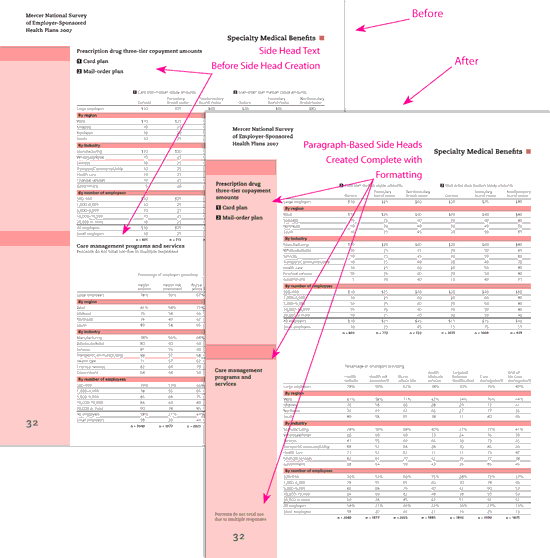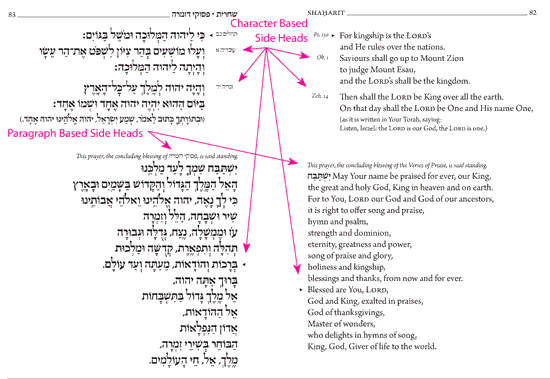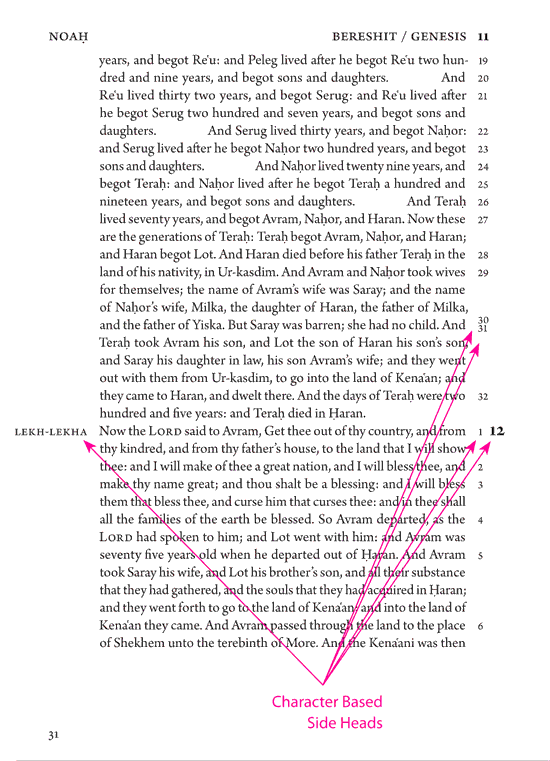Side Heads is included in the AutoLayout Suite. Find out more
What is a Side Head?
Side Heads was created in response to numerous requests for a plug-in that would enable the user to easily create side heads in InDesign. For our purposes, the term “side heads” refers to any text which is attached to the main text, but is defined with its own position. The position of the side heads may or may not be within the bounds of the text frame of the main story.
This plug-in uses anchored frames, which is a standard feature of InDesign CS2 and higher. In certain circumstances, Side Heads also makes use of the notes plug-in which is installed in CS3 by default, and is available for optional installation on the CS2 installation disk. We recommend installing the CS2 notes plug-in if you will be using character-based side heads and want to be able to undo them.
Side Heads not only creates the side heads for the text, it will also apply formatting based on the object style settings which you set up. The frames which Side Heads creates can be in-line, above-line, or anchored, depending on your settings.
Side heads can be returned to the text flow.
While the use of anchored frames removes the text from the text flow, the text can easily be returned to the text flow for exporting of the text.
Side Heads can be defined by paragraph style or character style. They can even be created from footnotes!
If the side heads are created from footnotes, you have the option of preserving the footnote numbering as side notes.
Side heads don’t need to be “side heads” at all!
If you use a bit of creativity, Side Heads opens up some very interesting layout possibilities.
Below are some examples of how Side Heads has been used in interesting ways. Thank you to Brad Walrod and Raphael Freeman for the illustrations.
The following illustration shows the effects of applying Side Heads with formatting settings set in the side heads object style. Please note the spreading of the paragraphs in the bottom half of the page. Both paragraphs are in the same frame and spread by vertical justification. This can be accomplished automatically by settig the object style for the side heads frame to vertically justify using our Proper VJ plug-in.

Proper VJ can adjust the space-before settings to control text fitting. The adjustments keep the existing proportions. The following illustration shows a number of diversified uses for Side Heads. The character based side heads show how individual characters can be placed outside the bounds of the text frame. They can be aligned to either the beginning of the paragraph (as shown on the top of the page), or to their original placement (as shown on the bottom). The paragraph based side heads have been used in a very unique way in this document. They don’t look like “side heads” at all! The anchored object settings on these “side heads” were set to “above line”. This accomplishes a number of very unique things.
1. There is no need for a separate style for paragraphs which have these “side heads” above them. The “space-before” settings are applied above the “side head” paragraph!
2. Changing paragraph and character attributes for a span of paragraphs will not effect the “side heads”. For example: it is possible to select the entire text frame and change the point size without the “side heads” being affected.

The following illustration shows a page in a bible curently being published using Side Heads. There are literally tens (if not hundreds) of thousands of side heads which are applied. The use of Side Heads saves weeks of manual labor.
Please note the three different side head frames all attached to the same line (Lekh-Lekha, chapter 12, and verse 1). Additionally, note that verses 30 and 31 are both anchored to the same place. The conflict is automatically detected, and adjusted based on the settings chosen in the configuration window.

